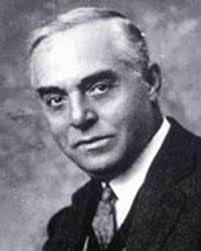
1881 - 1966
Carlo Carrà
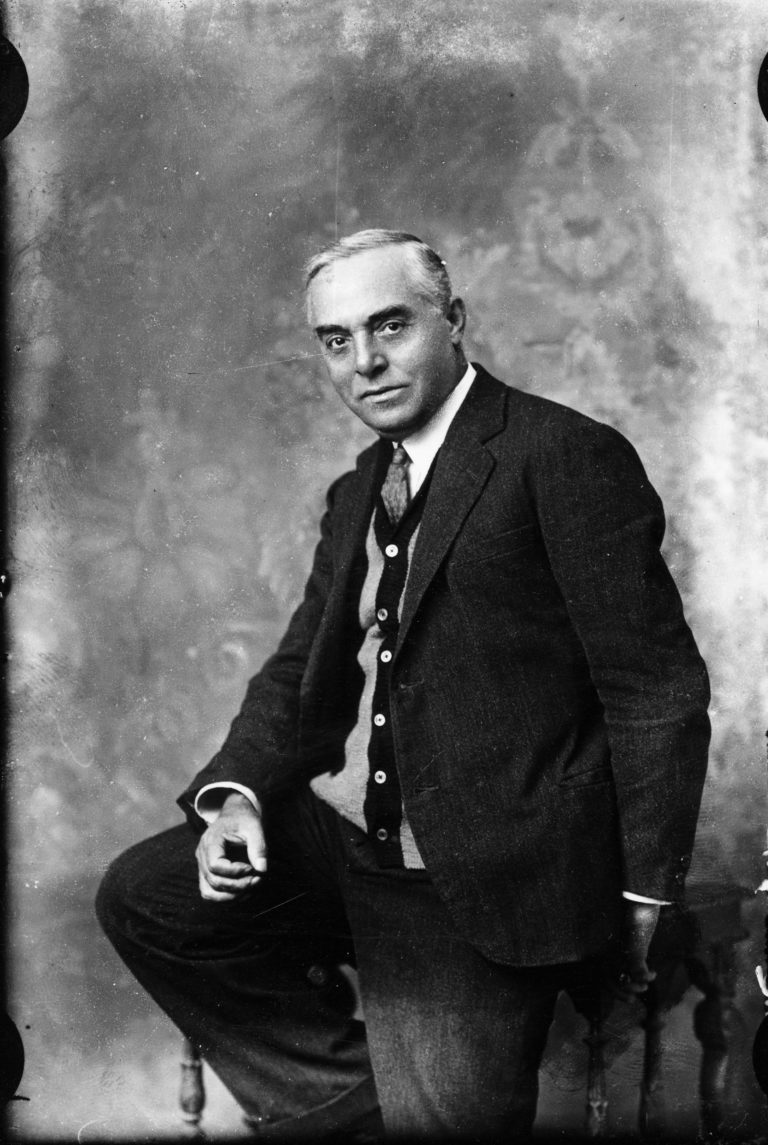
description
An Italian painter and graphic artist, a representative of Futurism and Metaphysical painting. A creatively active artist and painting theorist, Carlo Carra was one of the most famous artists in Italy in the early decades of the 20th century and an influential member of the futuristic movement.
The artist’s style changed dramatically several times over his long career. He survived several successive periods: early Neo-impressionism and Symbolism, Futurism, Cubism, metaphysics and neoclassical painting.
The artist made the most significant contribution to Futurism. In his paintings, he skillfully combined the original techniques of cubism with dynamism and the bold innovation of futuristic ideology. Carra’s canvas of the futuristic period is filled with incredibly bright and energetic images, chaotic movement and wild emotions.
During the war, he met with Giorgio de Chirico, with whom he founded a style known as metaphysical painting. Since then, he painted still lifes and interiors filled with ominous emptiness and mysterious silence. In the late 1920s, the artist completely abandoned the avant-garde art and defended the conservative aesthetics of Novecento.
Key ideas:
– Invented the principle of simultaneous perception of a work of art, which he adhered to working on his paintings. According to Carra, the viewer should perceive the picture, like any other work of art, simultaneously by several senses: vision, hearing and smell. He outlined his views in his work “Painting of sounds, noises, smells.”
– In his works, he praised modern technology, dynamism and speed. Like other futurists, he considered cars and mechanisms more significant than people. The artist’s painting evokes the idea of the total absorption of a human being by machines, his subordinate position and weakness.
– The author’s futuristic works are characterized by increased emotionality and high passions. Paintings by Carra often depict a crowd engulfed in some kind of restlessness and fuss. Silhouettes moving in different directions create feelings of chaos and disorder.
– Applied the techniques of analytical cubism in his work. The artist divided objects into separate components, moving them in space and creating an unusually brisk and complex picture of the world.
– Moving away from Futurism, he started creating mysterious metaphysical paintings in which preference was given not to movement and feeling but to the aesthetics of form and space.
1881
1895
1900
1909
1911
1913
1916
1920
1943
1966
The birth of the artist
He studied at an evening school at the Brera Academy
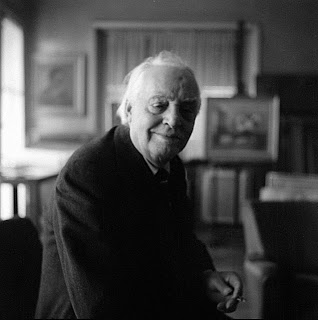
Participated in the World Exhibition in Paris
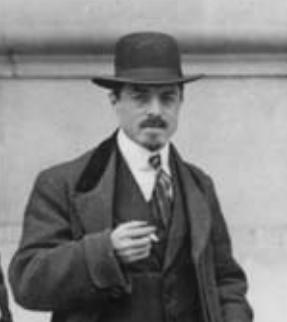
Signed the "Manifesto of Futuristic Painting"
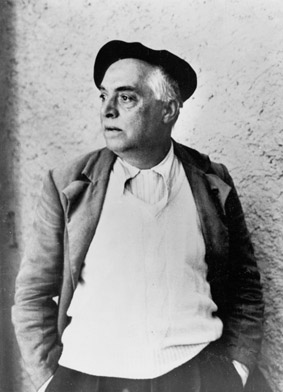
Came to Paris a second time
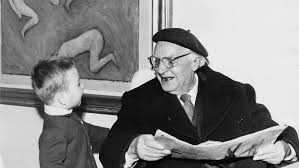
Published his manifesto “The painting of sounds, noises and smells”
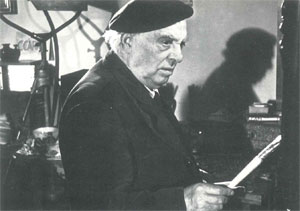
Met Giorgio De Chirico
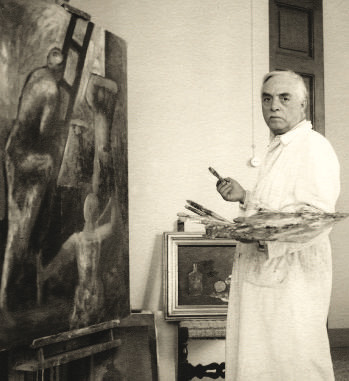
Started working in the style of novecento

“My life”

The death of the artist

Carlo Carrà
On Artist
flow
Neo-impressionism
Metaphysical painting
Cubism
Futurism
Symbolism
Novecento
friends
Filippo Tommaso Marinetti
Giacomo Balla
Umberto Boccioni
artists
Georges Seurat
Paul Cezanne
Pablo Picasso
Georges Braque
Henri Russo
By Artist
flow
Metaphysical painting
friends
Luigi Russolo
Giorgio de Chirico
artists
Giorgio Morandi
Alfio Giuffrida
